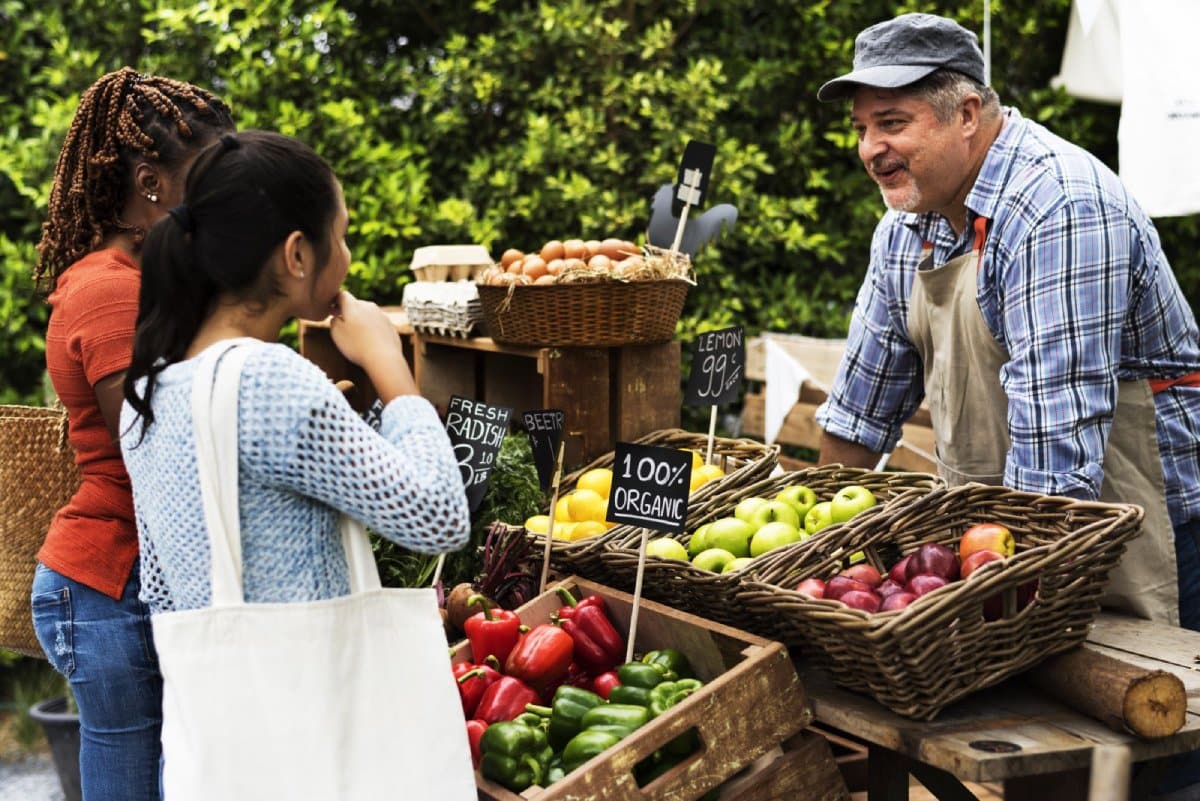Organic foods have seen a surge in popularity, often associated with higher prices and a perception of better quality and health benefits. But is the cost of organic food truly justified, or is it just a luxury label? Let’s break down the real costs and factors behind organic products.
1. Higher Production Costs

Organic farming typically incurs higher production costs. This is due to the labor-intensive practices required to manage crops without synthetic pesticides and fertilizers, which can be up to 20% more expensive than conventional farming methods.
2. Smaller Scale Operations

Many organic farms operate on a smaller scale compared to industrial farms. Smaller farms do not benefit from the economies of scale that larger farms do, leading to higher per-unit costs for organic products.
3. Certification Expenses

Obtaining USDA organic certification is a costly process. Farmers must pay for application fees, annual inspections, and certification maintenance, which can range from $400 to $2,000 annually depending on the farm size and location.
4. Yield and Pest Management

Organic farming often results in lower yields due to the prohibition of synthetic pesticides and fertilizers. Organic crops can produce up to 20% less yield compared to conventional methods, leading to higher prices to cover the costs of lost production.
5. Organic Feed for Livestock
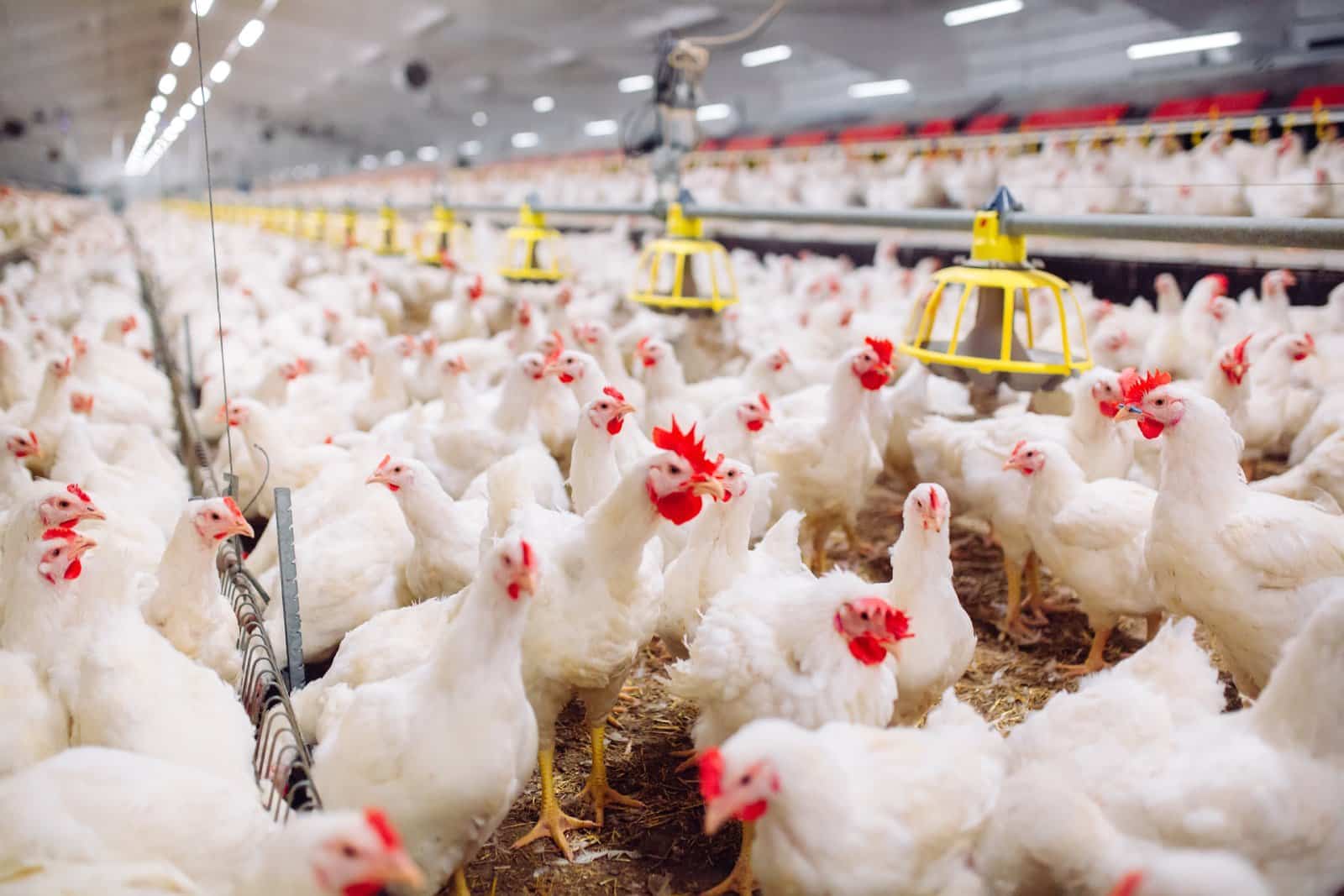
Livestock on organic farms must be fed organic feed, which is more expensive than conventional feed. For instance, organic grain can cost twice as much as non-organic grain, significantly increasing the cost of organic meat and dairy products.
6. Labor Intensive Practices
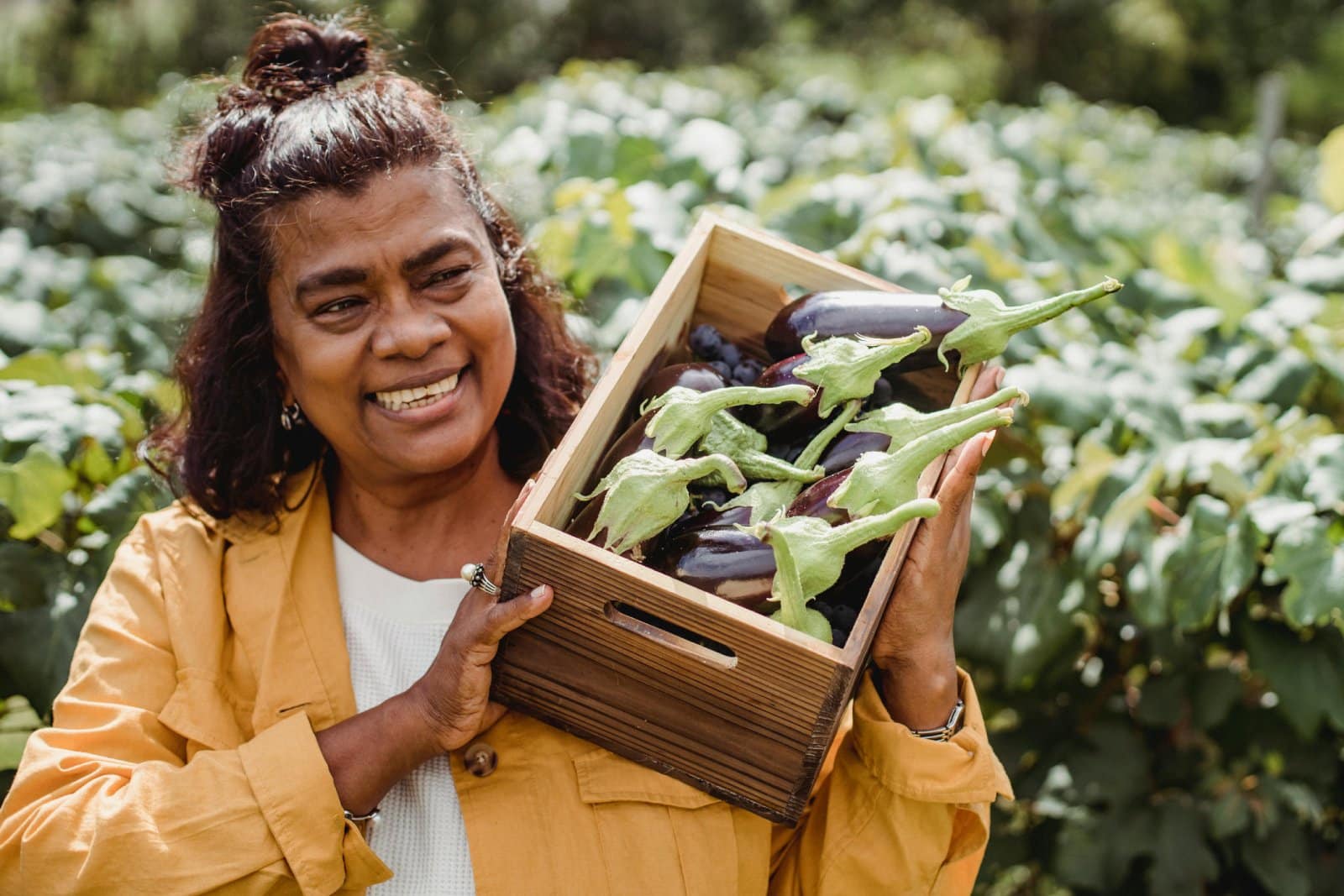
Organic farming relies heavily on manual labor for weeding, pest control, and other tasks that conventional farms often manage with chemicals. This labor-intensive approach drives up costs, which are passed on to consumers.
7. Distribution and Marketing
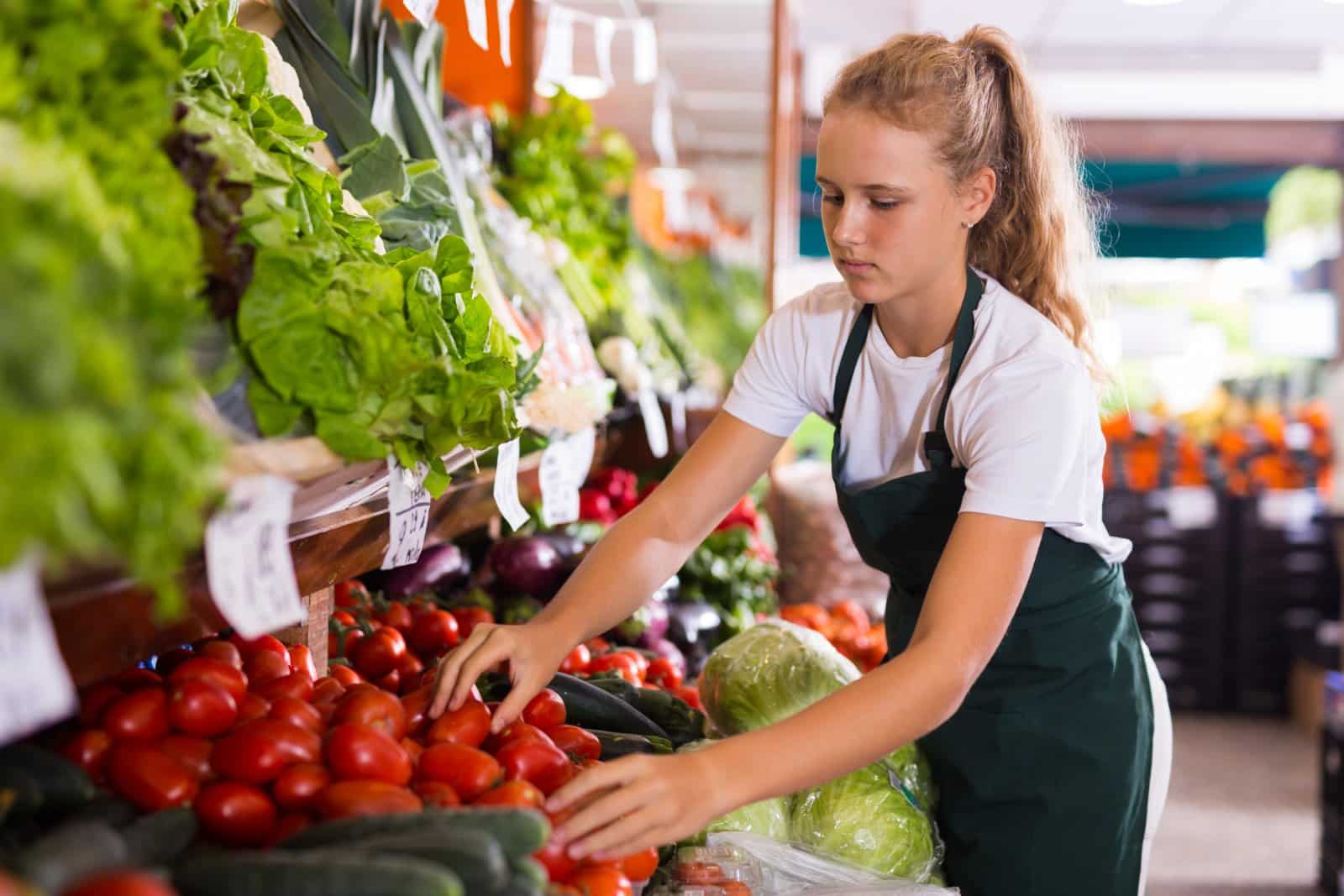
The distribution network for organic products is less developed than for conventional products. This can lead to higher transportation and marketing costs, further increasing the retail price of organic goods.
8. Retail Markup

Retailers often apply a higher markup on organic products. Stores like Whole Foods and Trader Joe’s typically charge more for organic items, reflecting both the higher costs of obtaining these products and the premium consumers are willing to pay.
9. Consumer Perception

Many consumers believe that organic products are healthier and safer, driving up demand and allowing retailers to charge higher prices. This perceived value plays a significant role in the price difference between organic and conventional products.
10. Limited Supply Chain
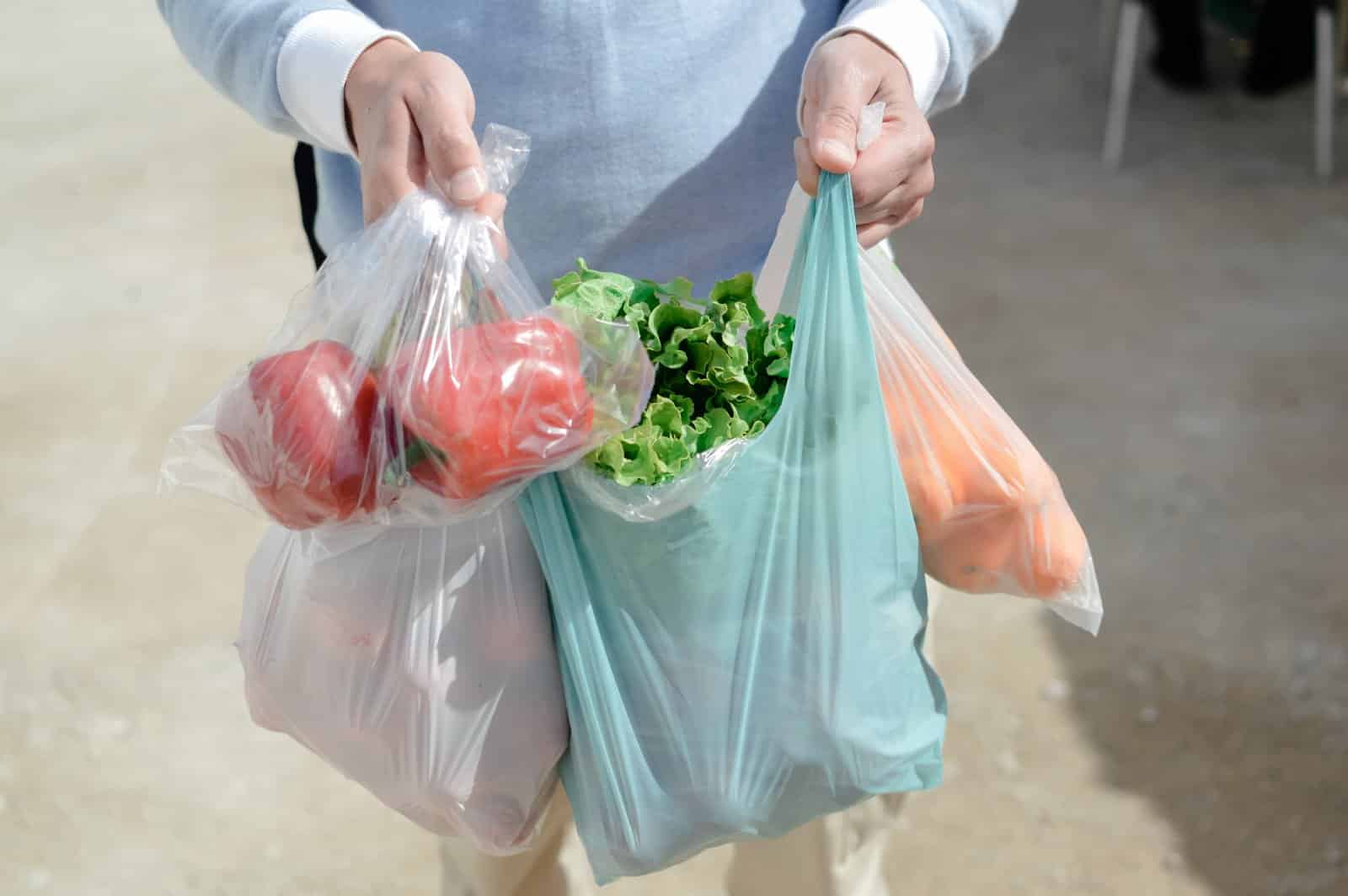
The supply chain for organic produce is often less streamlined, with fewer large-scale suppliers and processors. This can result in higher costs throughout the supply chain, from farm to table.
11. Seasonal Availability
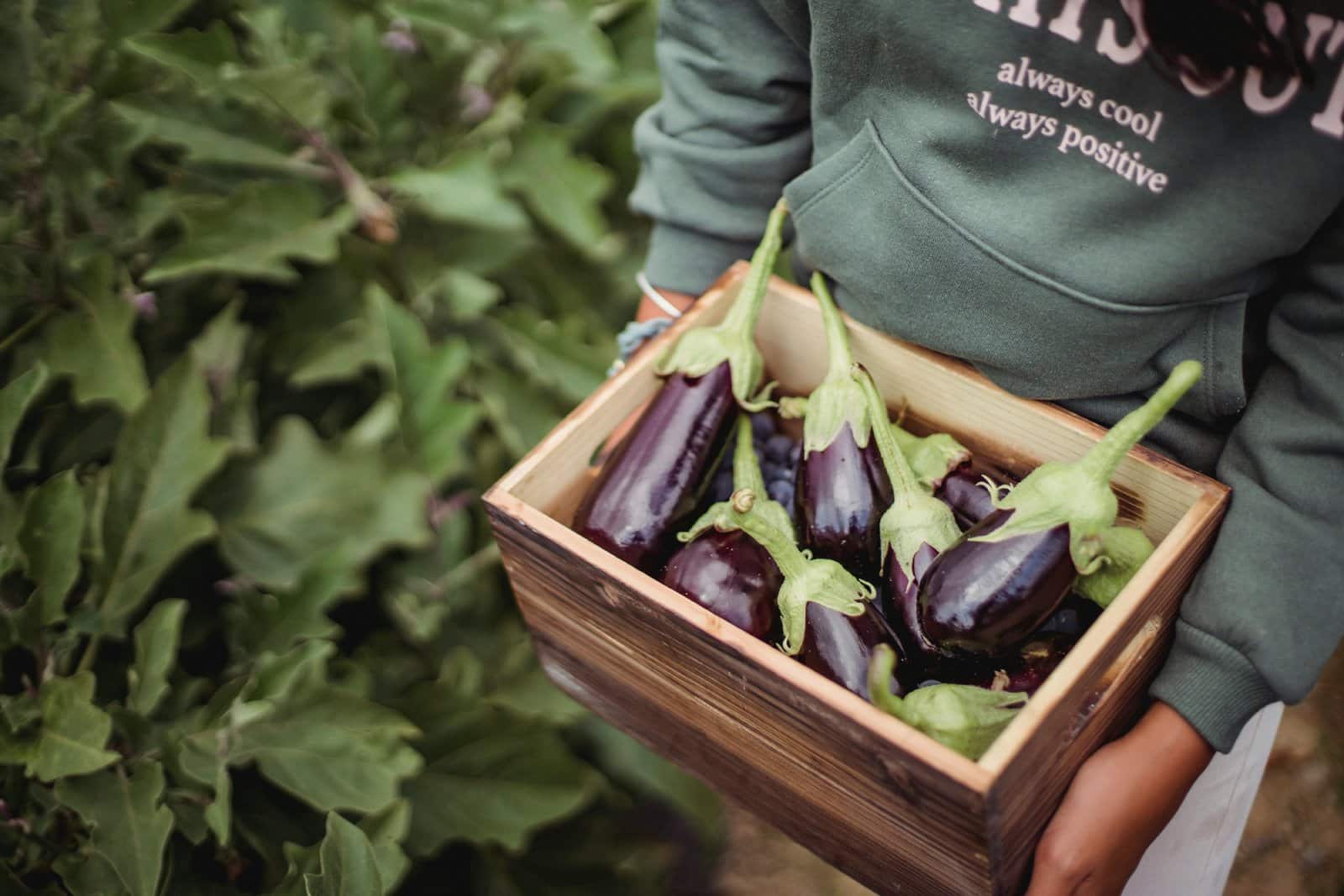
Organic produce is often more seasonal than conventional produce, which can be grown year-round with the help of synthetic inputs. This seasonality can lead to higher prices, especially for out-of-season items.
12. Local vs. Imported
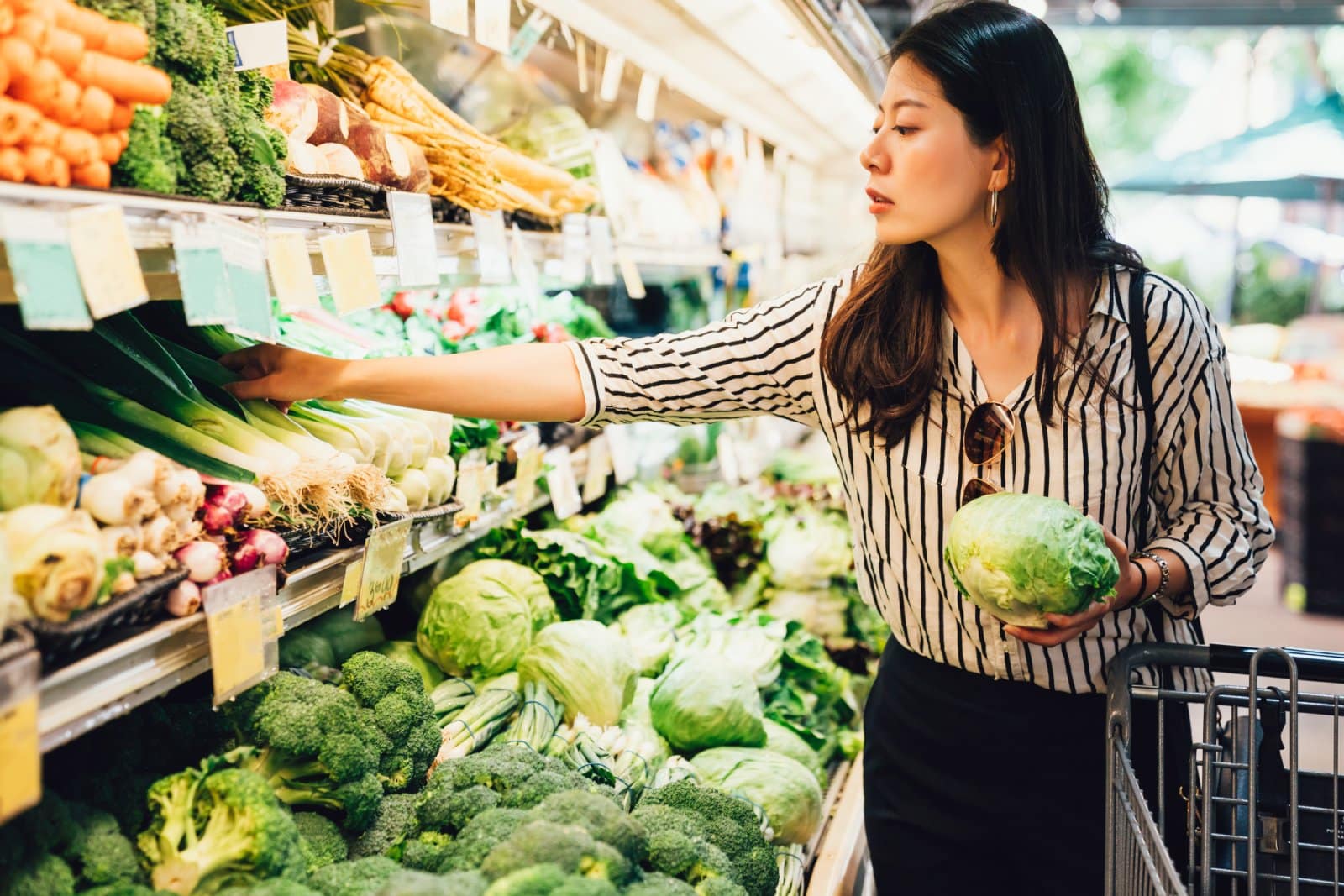
Many organic products are imported, adding to their cost due to international shipping and tariffs. For example, organic bananas from Central America may cost more than conventional bananas from the same region due to these added expenses.
13. Government Subsidies

Conventional farming benefits more from government subsidies than organic farming. These subsidies help lower the cost of conventional produce, creating a price gap between conventional and organic products.
14. Environmental Impact Costs

Organic farming practices are often more environmentally sustainable, but they come with their own set of challenges and costs. These include managing soil health, water usage, and biodiversity without synthetic aids, which can be more expensive.
15. Packaging and Processing
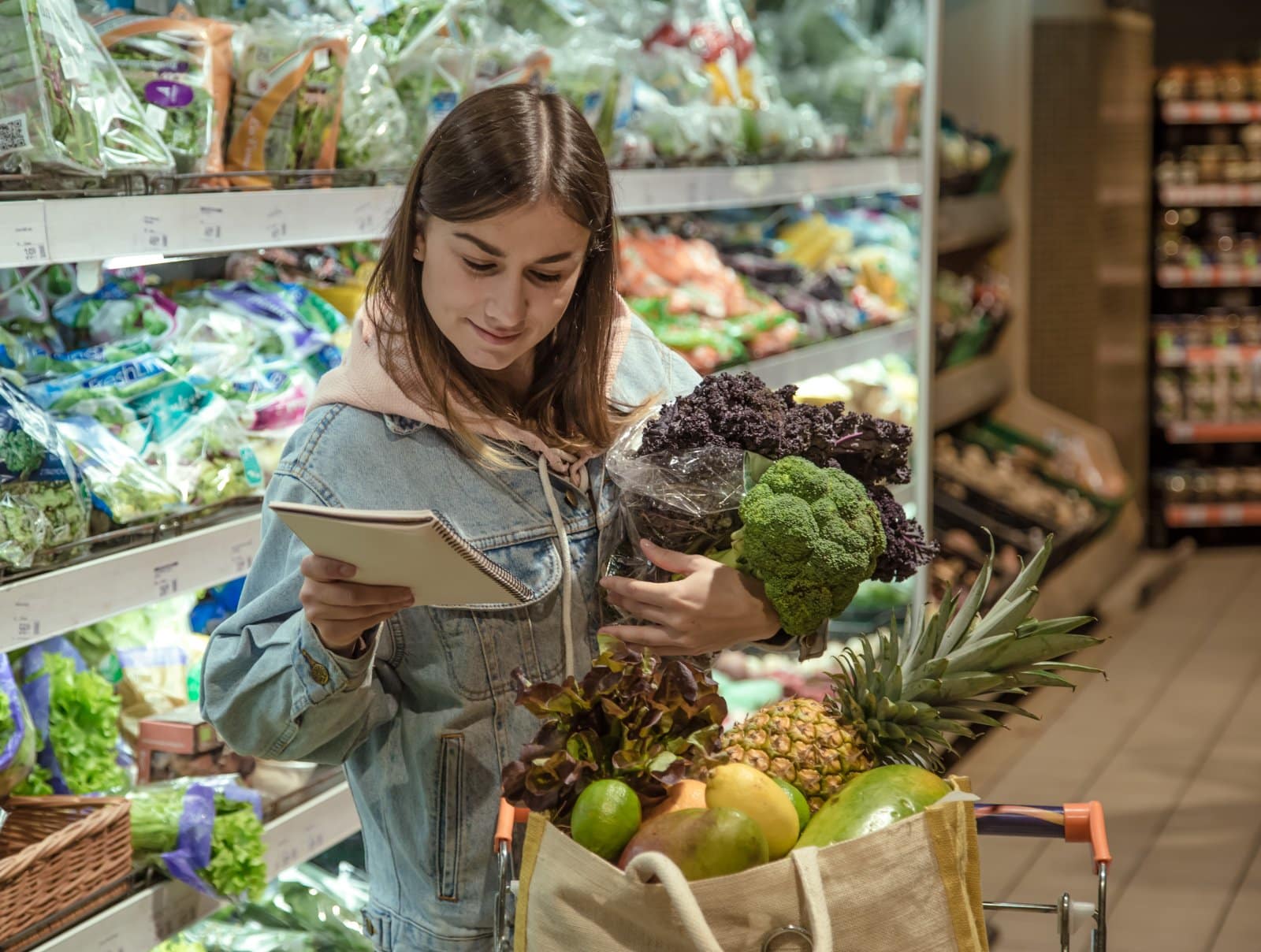
Organic products often require separate processing facilities to avoid contamination with non-organic products. This separation increases the cost of packaging and processing organic goods.
16. Market Demand

The growing demand for organic products has led to higher prices as supply struggles to keep up. According to the Organic Trade Association, U.S. organic sales reached a record $62 billion in 2020, reflecting increased consumer willingness to pay a premium.
17. Price Premium
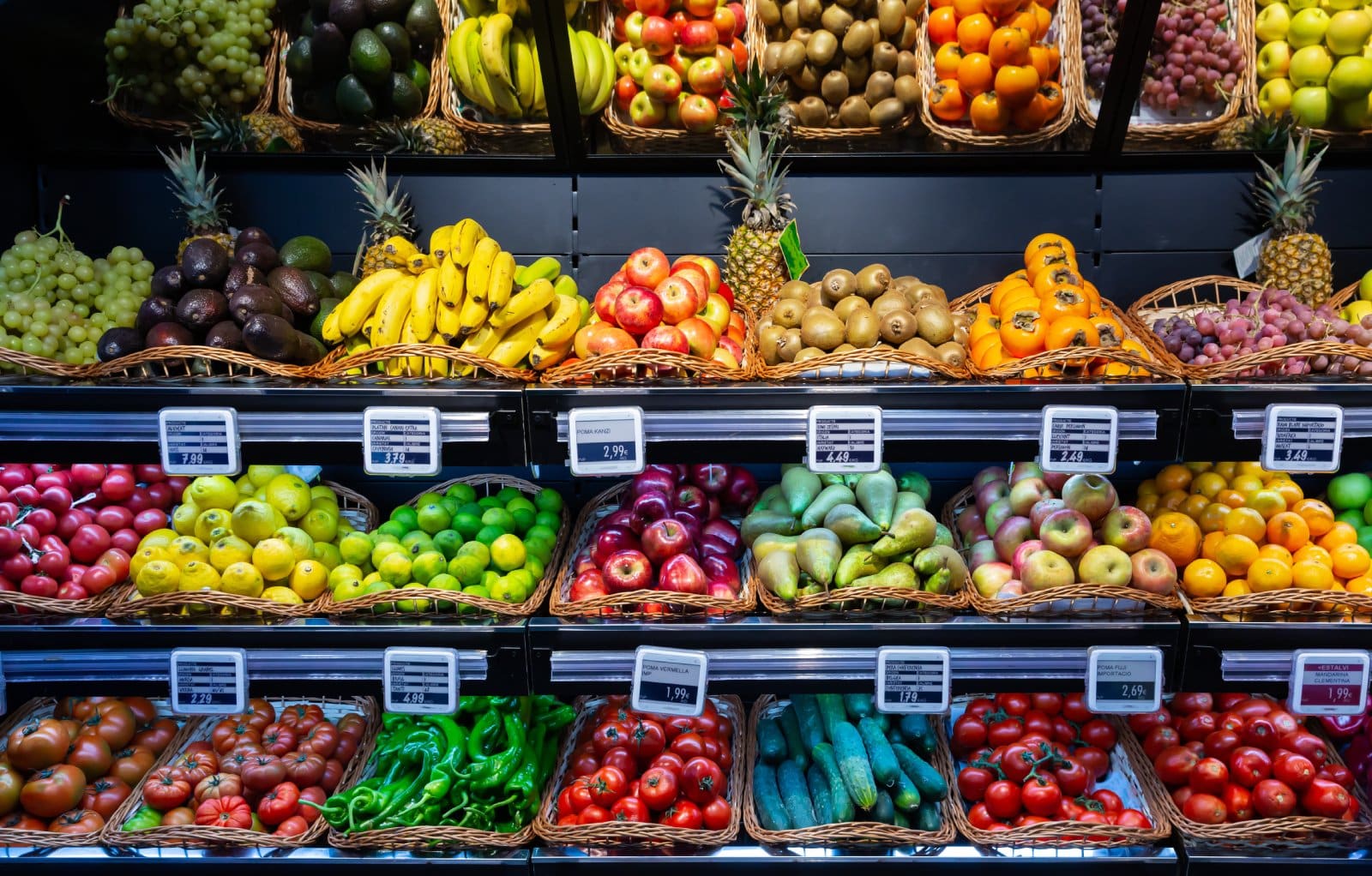
On average, organic products can cost anywhere from 7% to 82% more than their conventional counterparts. For example, organic milk can cost about $1.50 more per gallon than regular milk, and organic eggs can be double the price of conventional eggs.
18. Nutritional Differences

While some studies suggest that organic foods may have higher levels of certain nutrients, the difference is often marginal. The perceived health benefits are a significant factor in the willingness of consumers to pay more.
19. Supporting Small Farmers
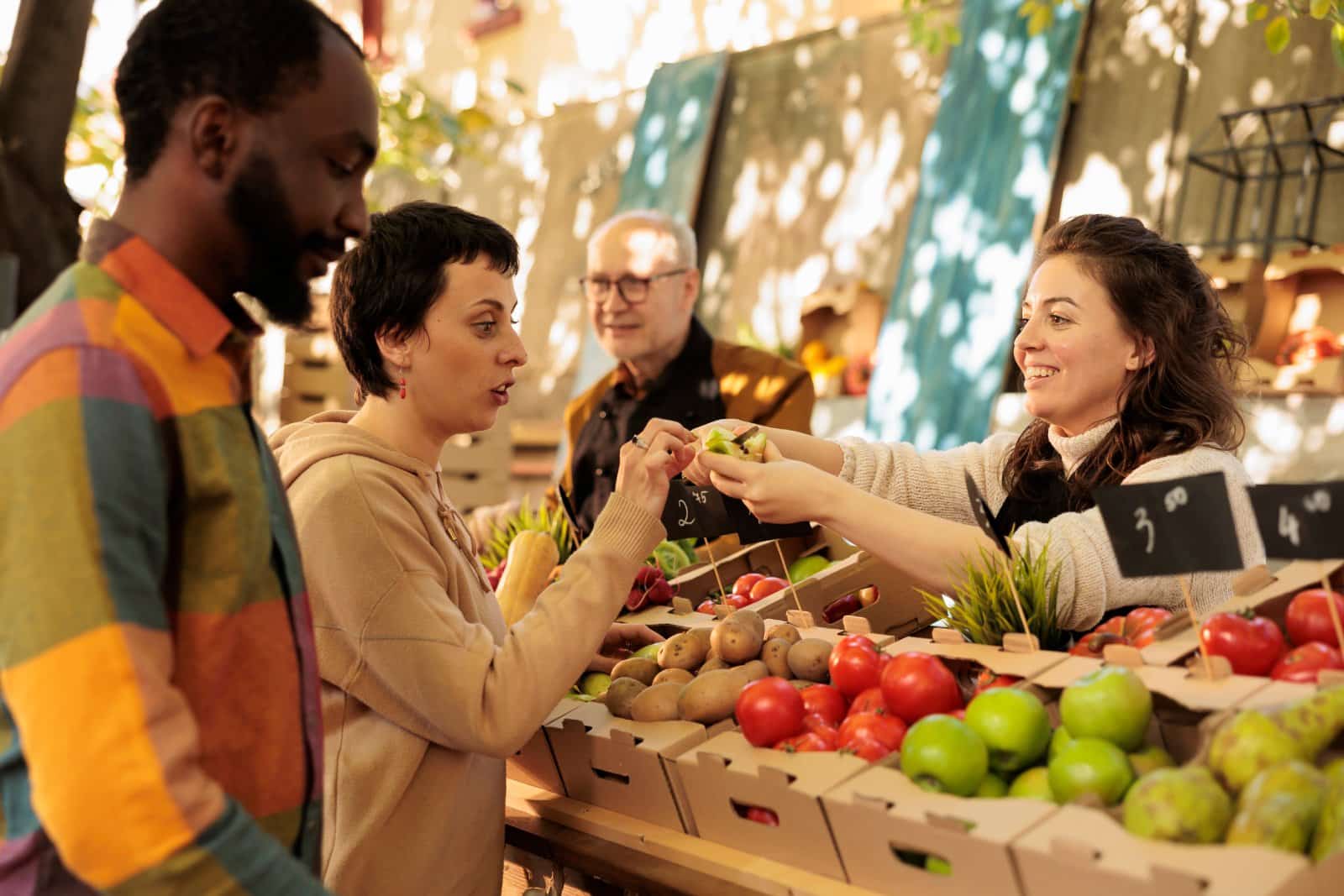
Purchasing organic often means supporting smaller, local farms rather than large agribusinesses. This can translate to higher prices but also ensures fairer wages and better working conditions for farm workers.
20. Hidden Costs of Conventional Farming

Conventional farming practices can have hidden costs such as environmental degradation, health issues from pesticide exposure, and long-term sustainability concerns. Organic prices may reflect the true cost of sustainable farming practices.
21. Is It Worth It?

The decision to buy organic often comes down to personal values. For some, the benefits of reduced pesticide exposure and supporting sustainable farming practices outweigh the higher costs. For others, the price difference may not be justifiable given the marginal nutritional benefits.
The Bottom Line on Organic

While the higher price tag may seem daunting, understanding the real costs behind organic products can help consumers make informed choices about what they’re willing to pay for a healthier, more sustainable future. Is the premium worth it to you? That’s a question only you can answer.
Remote No More: 19 Companies Returning to the Office

As the pandemic wanes, companies are recalling remote workers back to the office, sparking debates on fairness, costs, and convenience. However, there are also notable productivity, coworking, and mental health benefits to consider. Feeling the effects of these changes? Remote No More: 19 Companies Returning to the Office
8 Costco Must Buys and 8 to Leave Behind

Ever wandered Costco’s aisles, questioning if that giant jar of pickles is a real bargain? Or debated buying tires where you get your rotisserie chicken? Welcome to the definitive guide to Costco shopping—a journey to save money, prevent regrets, and offer quirky insights into bulk buying. 8 Costco Must Buys and 8 to Leave Behind
23 Reasons Texas Is the Next Big Thing
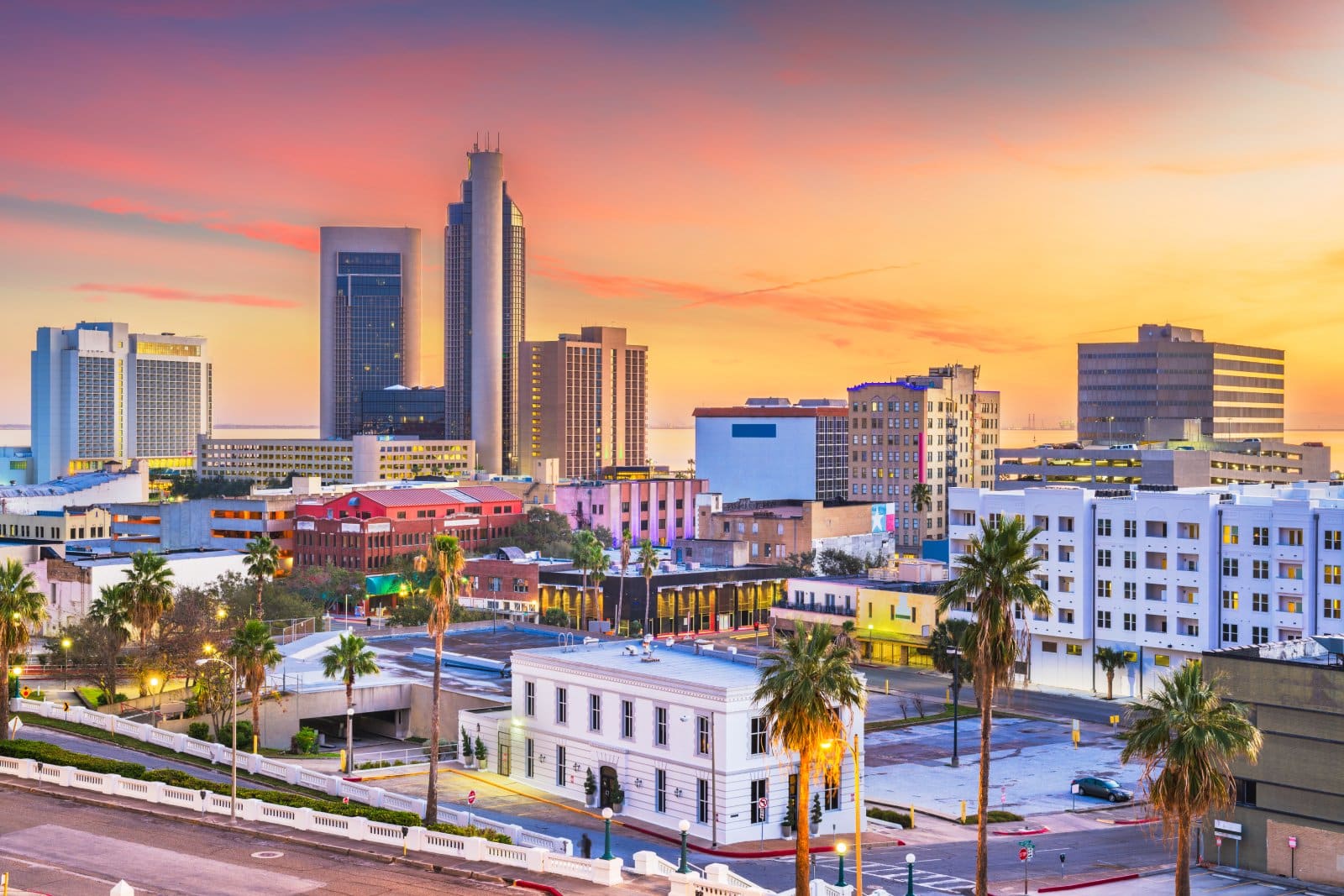
Texas is becoming a beacon of opportunity, blending cultural heritage with economic growth. From its landscapes to its industries, the Lone Star State offers a dynamic lifestyle. Here are 23 reasons why Texas stands out, attracting entrepreneurs, artists, tech professionals, and families seeking new beginnings. 23 Reasons Texas Is the Next Big Thing
The post Organic Food Rip-Off: The Real Reason You’re Paying More first appeared on Liberty & Wealth.
Featured Image Credit: Shutterstock / Rawpixel.com.
The content of this article is for informational purposes only and does not constitute or replace professional financial advice.
For transparency, this content was partly developed with AI assistance and carefully curated by an experienced editor to be informative and ensure accuracy.

